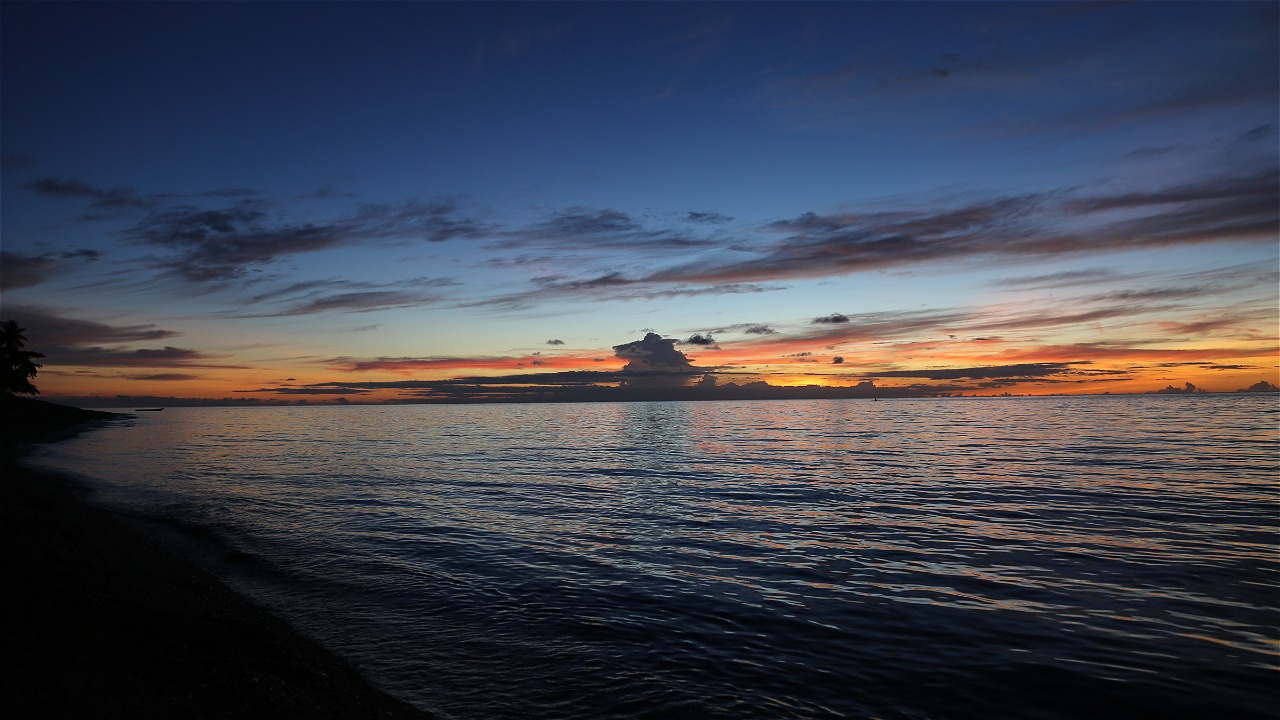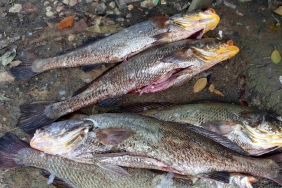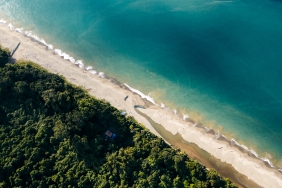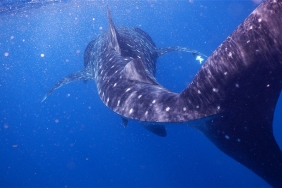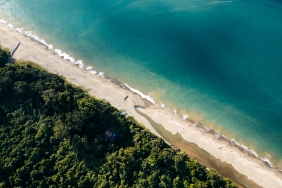CONSERVATION AREAS HAVE NOT YET BECOME A "SANCTUARY" FOR DUGONGS IN KEI ISLAND AND ITS SURROUNDINGS (2)
By: Syarif Yulius Hadinata (Marine Species Assistant) and Taufik Abdillah (Marine Spatial and Monitoring Officer) - Inner Banda Arc Sub-seascape (IBAS), WWF-Indonesia
People who live in the coastal waters of the Kei Kecil Islands, Southeast Maluku, know dugong by the names ruwin and dugong. For fishermen in the waters of the Kei Kecil Islands, encounters with dugongs while fishing are commonplace.
Especially, for those who go to sea on Ten Island and Lima Island. Very often fishermen meet with dugong mothers and children in the Coastal and Small Islands Conservation Area (KKP3K) of the Small Island Park, Small Kei Island, Islands and Surrounding Waters.
Encounters with dugong usually occur when fishermen turn off their boat engines in dugong and seagrass habitats. In silence, one to four individual dugongs will appear to rise to the surface, even passing underneath the boats of fishermen who are waiting for fish to feed on fishing lures or snags in nets.
It is not uncommon for nets set by fishermen to be damaged by swimming dugongs. What often happens is that dugongs get caught in fishermen's 15-40 inch nets. If caught accidentally in a dead condition, you can be sure, the dugong will be tonda or dragged with a buoy and tied to the back of the boat to be taken home.
It's a nightmare for dugongs that are caught accidentally, and still alive. Generally, their lives are ended when they are caught accidentally. Subsequently, they become dead dugongs that are consumed and traded.
There is still a myth developing in the community, that getting a dugong while at sea is an indication of future sustenance. Especially, if the bones of the dugong are kept. Captured dugongs are usually sold in the form of body parts. Weighing 1 - 2 kg/cut, dugongs are sold for Rp20,000 - Rp50,000/cut. Captured dugongs are able to add IDR 300,000 - IDR 2,000,000/individual income.
The location of dugong sales is not only in the local village, but also to the Tual and Langgur markets. In addition to meat, dugong fangs and ribs are also popular in the market to be used as cupa or smoking pipes. It is said that the incense can reduce the toxicity of cigarettes smoked.
Meanwhile, dugong tusks, which are scraped and mixed with water, are believed to be a traditional medicine for children's stomachaches. The price of this dugong fang reaches Rp2,000,000 - Rp15,000,000.
This fantastic price has the potential to encourage more massive dugong poaching - if awareness efforts are not immediately made to communities living in conservation areas. The existence of dugong is only considered important because it can be utilized for consumption and sale.
Meanwhile, only seagrass habitat is considered important because it is the location where fishermen catch fish and take special resources such as sea cucumbers, snails, or squid. This shows that understanding and awareness of the ecological benefits of dugong is still very lacking.
However, it is worth appreciating that the key informants in this study stated that they are ready to play a role in supporting the conservation of dugong and seagrass habitat in their area. Now, it's up to us and our partners and stakeholders to open people's eyes to the importance of dugong swimming freely among seagrasses, not ending up in their nets.
If we take this commitment seriously, the cases of dugongs being caught and captured will not happen again - at least in this conservation area, the "sanctuary" where they should feel safe and protected.

